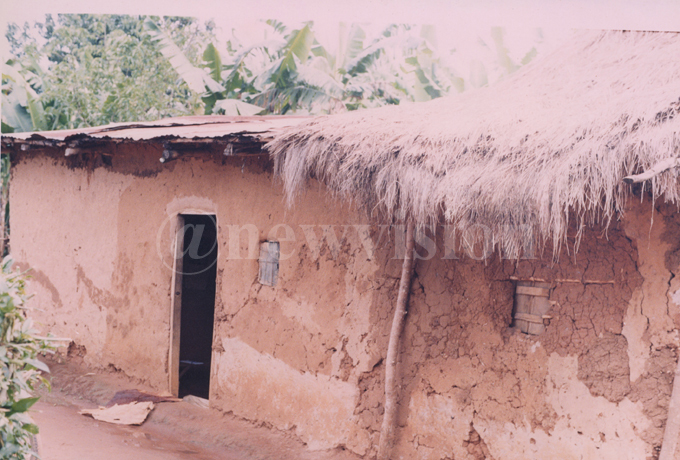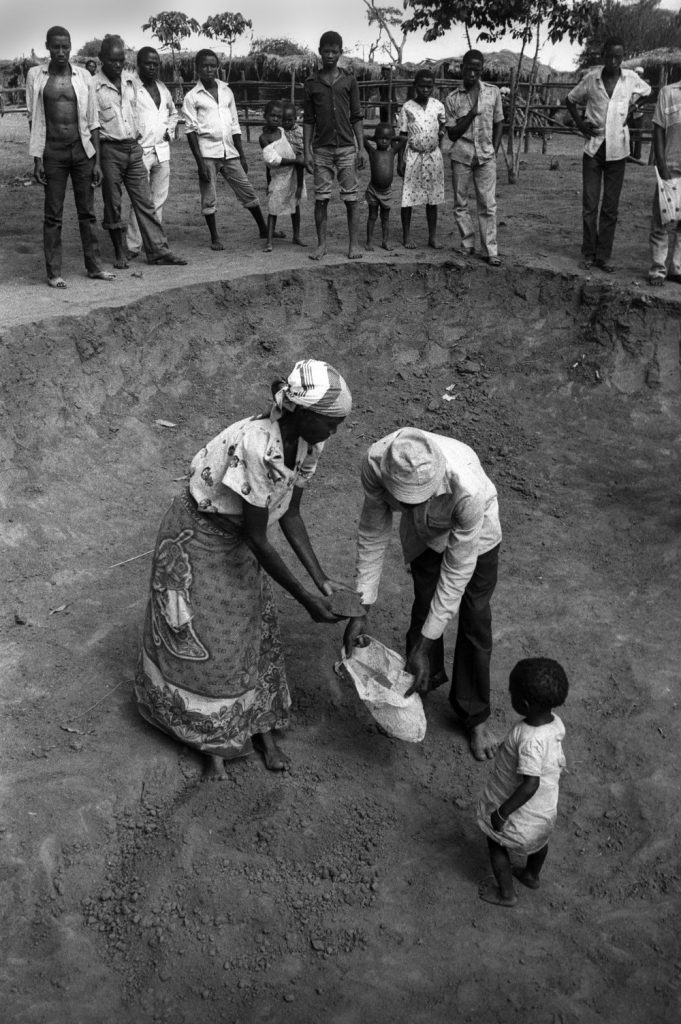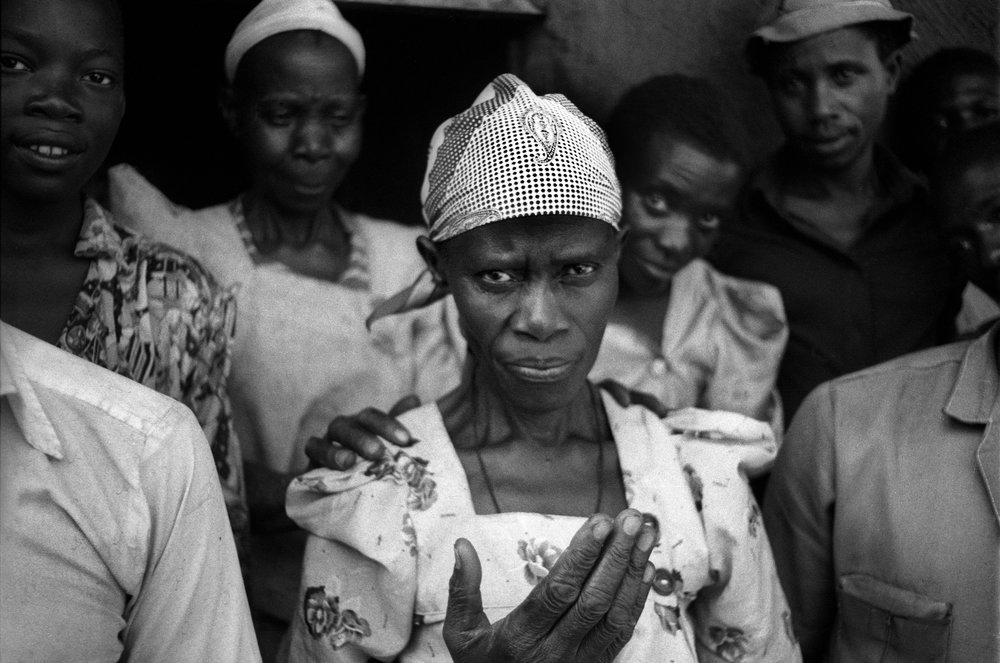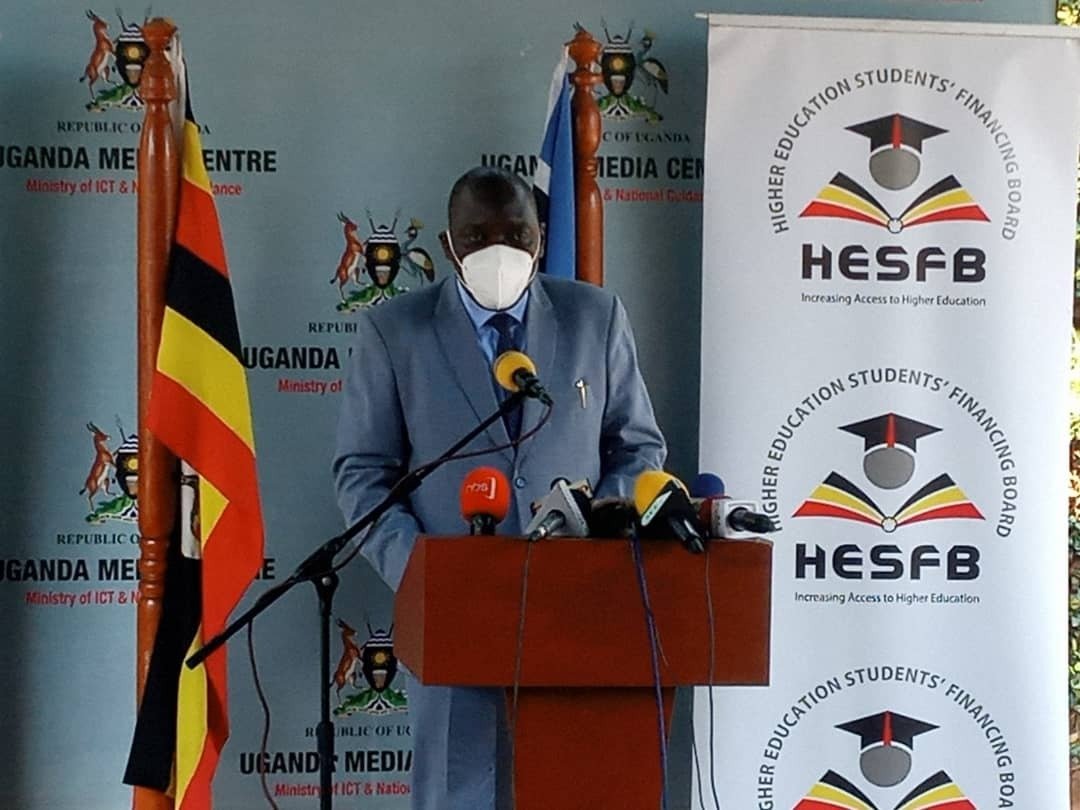Some excerpts have been picked from the pages of New Vision (October 2019), and David Blumenkrantz’s publication of 1989.
October 1989. Thousands of Ugandans mostly from Kampala City; The Rich, the poor, Educated and Illiterate were duped by an elderly peasant woman to eat an estimated 45 tons of soil with hope to be healed of HIV/AIDS.
The people thought that the soil constituted a miracle cure for all illnesses, especially the killer HIV/AIDS that was ravaging the population and had no known cure and even the ARV drugs that suppress it had not yet even been thought about.
The supplier of the ‘miracle’ soil was a 60-year old peasant woman, Yowanina Nanyonga, at Ntuku village in Mawokota County near Sembabule then in Masaka district. Nanyonga claimed to have had a heavenly vision showing her how to cure the people, and she allegedly proceeded to cure two teenagers in her compound who had serious diseases. Word of her miracle cure, which simply constituted soil scooped from a small hole in her compound, spread like a wildfire.
For the whole of October 1989, Ntuku was easily the most visited place after Kampala in the country. Day and night, buses, lorries, minibusses, and private cars ferried people to the place which Nanyonga had designated as “holy ground”. Long queues segregated between male and female snaked their way to the house where she dispensed a mug of soil scooped from a small hole in the ground per person, with instructions to consume it either directly or mixed in water and to share with family members and relatives.
Rumor of rapid recovery from all ailments were spread and Nanyonga’s fame grew uncontrollably. Rich and poor, weak and powerful, they all went to Nanyonga’s home. Powerful people in government used personnel of the then National Resistance Army to gain access without waiting in the queue. Many of Kampala’s rich elite, then coming from the Kikuubo trading area, went to Nanyonga’s and humbly received their mug of soil from the illiterate peasant woman.
Finally, at the end of the month, the government decided that enough was enough. The then minister of health, Zak Kaheru, ordered Nanyonga to stop dispensing her soil forthwith. The ministry had duly tested both Nanyonga’s soil and several people who were alleged to have been cured by it and proved that it was worthless. Nor had the people been cured of any illness by consuming it. As fast as it had started, the Nanyonga craze died out suddenly. The brief season of superstition was over, and the people moved on to seek realistic solutions to their problems.

A vision; Nanyonga’s claim.
Nanyonga claimed that on the night of September 8, she had been visited and instructed by God (in the form of a blinding light and mysterious voice) to cure all manner of illness by merely feeding them the blessed soil from her shamba. The dedication and zealousness with which this self-proclaimed lifelong Catholic and her supporters took up this task transformed a sleepy, obscure village located near Ssembabule in Masaka District into a circus of hawkers, government investigators, curiosity seekers, and most importantly, a multitude of believers.
For several weeks, Nanyonga was a media sensation in Uganda. There had been accounts of well-known herbalists claiming AIDS cures before her, but Nanyonga represented something less acceptable than traditional medicine. Accounts of her purported faith healing exploits dominated the headlines and editorial pages of newspapers, where she was widely excoriated for everything from peddling false hope to ignorantly putting those who ingested her soil at real risk.
The editorial in The weekly Topic criticized high-ranking government officials, who rather than offering guidance to those with ‘average and simple minds,” went themselves for the soil, “hence perpetuating people’s belief in this falsehood.” This belief had begun with the story of Nanyonga’s niece Margaret Nazziwa, and her supposed amazing recovery from the symptoms of AIDS. Newspapers reported that Nazziwa had been at the brink of death before becoming the first to benefit from the divine soil.
She had reportedly been treated at a Kampala hospital, was bed-ridden and could not eat or drink before digesting the mixture of soil and water. Nazziwa’s story was from the outset refuted by some local villagers. The controversy intensified when the girl, who apparently started living it up too heartily, died suddenly of heart failure, coughing up blood. Nanyonga’s supporters blamed the tragic demise on the niece’s lack of faith and her wanton lifestyle.
Aside from the case of Nazziwa, there were at least as many reports of people becoming ill or even dying as there were of definite cures. This caused the Ugandan authorities much consternation, especially those charged with educating the people about the scientific findings on AIDS, and abandoning old habits, particularly promiscuous, unprotected sex
The media prodded the government into action, criticizing the AIDS Control Program for not acting quickly and decisively to counter Nanyonga’s impact. The Weekly Topic reported that on October 26, Uganda’s Minister of Health finally sent a high-powered delegation to visit the site. Not surprisingly, the medical team established that the soil “does not immunize or cure anybody against any disease.”
Regardless of media and government condemnation, Nanyonga’s pull among the common folk was phenomenal. Whatever the validity of her claims might have been, she had tapped a very sensitive nerve in the public’s desperation for salvation, at a time when the Ugandan government was fighting an uphill battle in AIDS education and awareness.
By 1989, AIDS had reached epidemic proportions in Uganda, leaving thousands dead and entire villages decimated. Uganda was at the forefront of AIDS education in Africa, and groups like The AIDS Support Organization (TASO) were training counselors to work with victims and their families.
Hysteria ensued when rumors began circulating that people known to have AIDS had recovered after drinking Nanyonga’s soil and water cocktail, another man who had been using crutches had thrown them away, and a small child with stomach problems had been cured. Rich and poor, believers from all walks of life came in droves. This included policemen, soldiers, members of all religious sects, and even government officials.

Seeking cures for every illness imaginable, it was widely reported that lines consisting of thousands of people stretched more than two kilometers from outside her humble compound. Seeking only a few scoopfuls of the blessed dirt, the hopeful arrived not only from within Uganda, but from bordering countries such as Rwanda and Zaire. People were apparently willing to wait several days for their turn.
Opportunistic hawkers set up shop all along the route, selling everything and anything one might need. The sounds of the open marketplace filled the air, as did the smells of roasting meat, boiled matoke bananas and peanut sauce. Corrupt officials profited by collecting the “medicine” for car owners who couldn’t drive up to the “treatment site.” At times, the mob would become unruly. There were reports of people suffocating in the crush.
Her house was simple mud and wattle, though there was a group of men busily working to build a small addition.
The soil was to be mixed with cold water only. Boiled water would render it useless. I was also warned that there could be no financial transactions involved. “If you buy it and take it, you will not be cured,” she intoned gravely. “If you sell the soil, you will go mad.”
There’s also the possibility that Nanyonga was little more than a publicity seeking old woman, as the majority of the Ugandan press painted her. “Money is not everything, power is also intoxicating,” The New Vision editorialized. Who knows? Nanyonga, by all reports, never charged a cent for her services, yet at the same time didn’t discourage the attention she received.







































